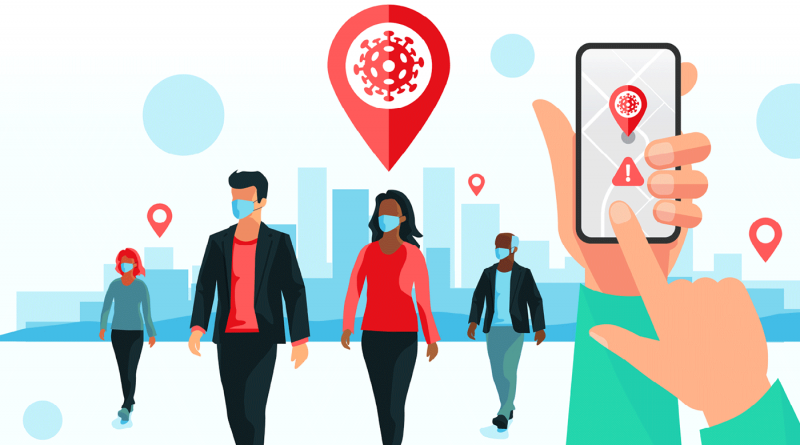Test and Trace: A three point plan to regain public trust

With that seasonality emerging one would think it’s the perfect time to get contact tracing apps up and running to help governments and the general public to stem the spread of the virus. In England, that’s precisely what we’ve seen, at least in theory. In practice, despite millions of downloads within the first few days of its launch there are still outstanding questions as to whether people trust these apps to use them the way they are intended or even keep them on their phones.
Essentially, there is still a question of trust and I don’t only mean from a security perspective. The collapse of the NHS Test and Trace system over the past month and the recent debacle with thousands of positive results not being reported for either statistical analysis or contact tracing purposes have put a major dent in national trust. There are also questions still about the efficacy of Bluetooth technology and whether the length of time needed to encounter a COVID-19 positive person to trigger an alert and countdown isolation period is appropriate. These issues are highly concerning for people that are struggling socio-economically and fear that functional errors could cause them to isolate for two weeks unnecessarily affecting their ability to work and earn a living. Given this, it is possible within contact tracing apps to turn off the alert features. That’s very useful for healthcare professionals that are likely to encounter COVID-19 patients in full PPE and so shouldn’t be required to self-isolate, but the same feature means the general public can download an app but not use it for its primary objective.
These socio-economic concerns I believe are foremost in people’s minds and initial concerns around data privacy seem to have taken a backseat especially since the NHS in England, as with many other nations, have adopted the Apple/Google model for contact tracing which is described as being more privacy preserving. In other countries, like Singapore, for people who do not have access to a smartphone or do not trust any government app on their phones, there’s been the distribution of a hardware token alternative. This seems to be gaining acceptance quite readily, at least anecdotally.
So what’s the solution in the case of the NHS? It’s logical that for a contact tracing app to be successful it has to reach a critical mass of meaningful adoption. In my view, achieving that requires a trust rebuilding exercise that starts from the top:
- NHS Test and Trace needs to appoint specific, dedicated and vocal health IT leadership, preferably a CCIO/CNIO with security or information governance experience, as does SAGE and regularly report statistics about the use of the app specifically.
- Launch a clinically led communications campaign, supported by technical expertise, that openly discusses the benefits of the contact tracing app and why key features should be enabled but also openly discuss people’s concerns and what the solutions to these are.
- Offer a hardware token alternative that is available on demand for those without smartphones or are not comfortable with downloading an app for privacy/security reasons.
Issues plaguing Test and Trace’s testing capacity aside, by taking this approach I believe we can take powerful steps to regaining the public’s trust at least on the technological side of the equation.


